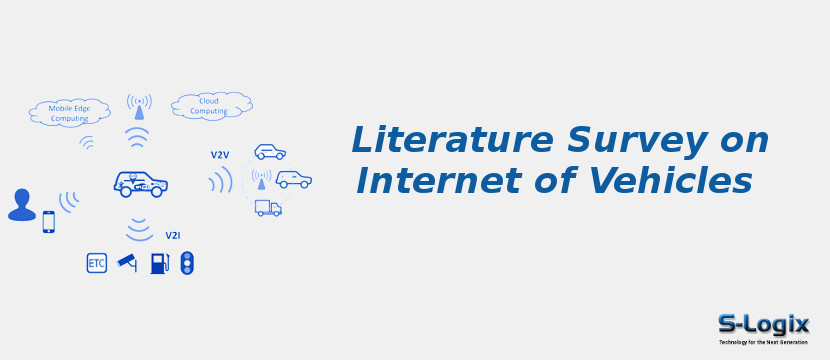The Internet of Vehicles (IoV) is a group of smart vehicles that can connect with each other through the internet. The IoV can improve the safety and comfortable performance of intelligent transportation systems by enabling advanced communication among vehicles. The electronic vehicle equipment in smart vehicles assists the drivers, and traffic control stations continuously monitor the driving environment and guide the vehicles during the journey.
The IoV architecture comprises four layers that are perception, network, coordination computing control, and application. The major challenge of IoV is mobility and open wireless medium. Firstly, the high mobility of the vehicles leads to frequent link breakages, and it is challenging to accomplish better routing services in such an environment. Secondly, the open wireless medium is vulnerable to many security attacks. An attacker can hack the location information of the vehicles and can launch any criminal activities, resulting in life damages. Therefore, the IoV necessitates effective security and routing mechanisms to accomplish better safety and comfortable services.
The major services of an industry chain IoV are automotive manufacturing services, public service fields, communication services, financial services, and insurance services. In the future, more realization of IoVs is essential to build a smart and effective autonomous transportation system.
